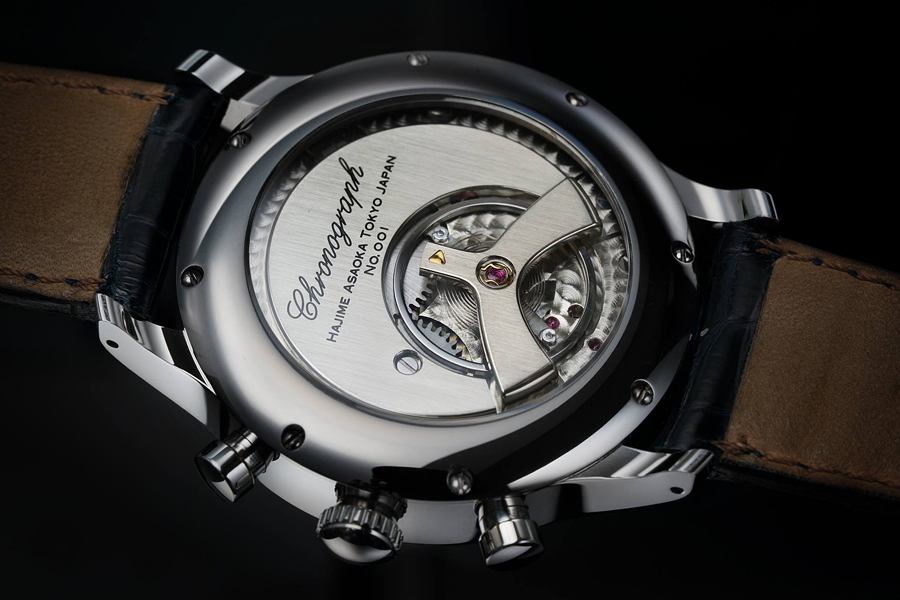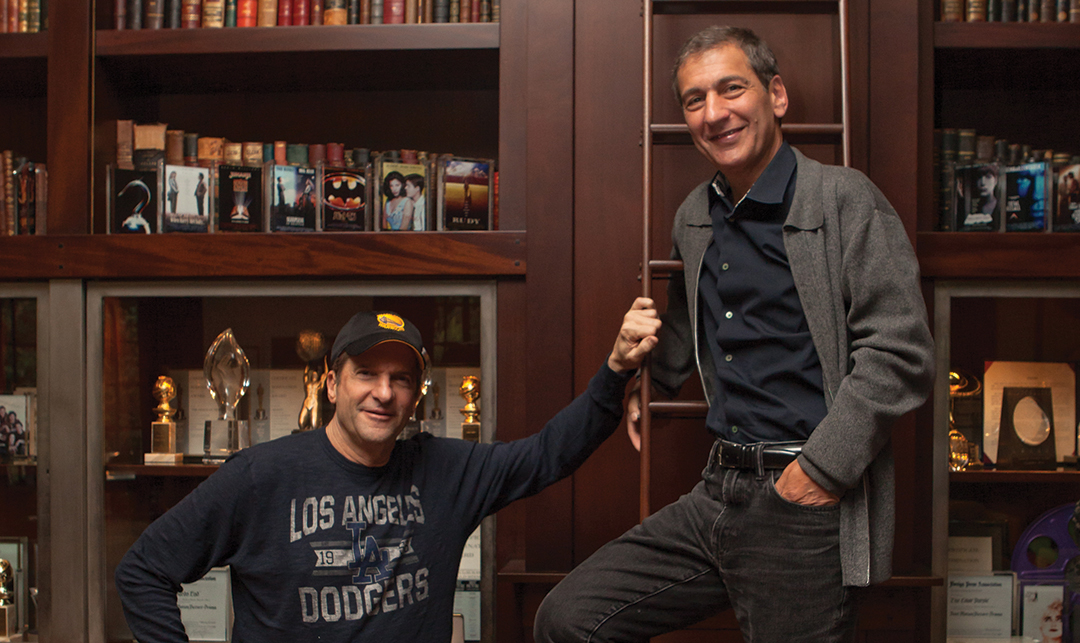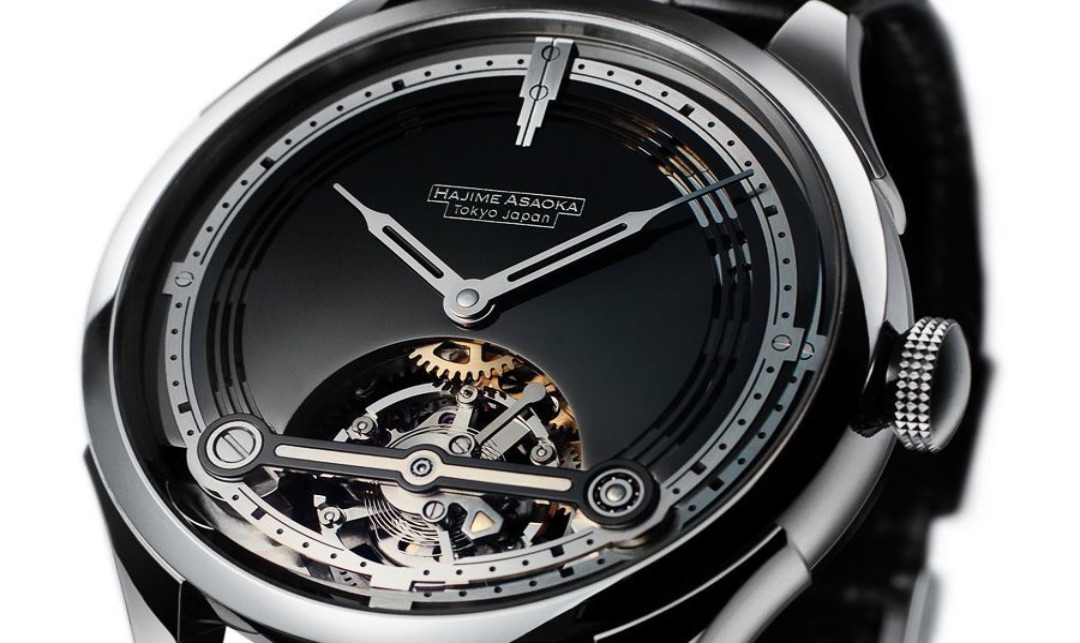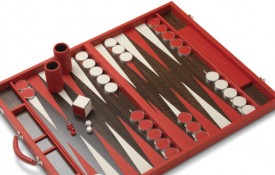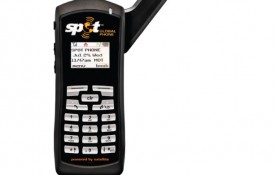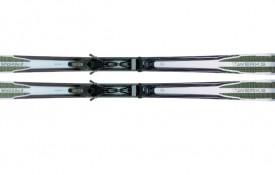Mastering the Craft
The Isle of Man has long been associated with exquisite, complicated timepieces, given that the late George Daniels, whom many regard as the greatest horologist of the last 250 years, worked and lived on the island (a British Crown dependency) for much of his 60-year career. Daniels’ protégé, Roger Smith, established his own horological enterprise on the island in 2001 with Roger W. Smith Ltd. The British government honored Smith by declaring him an Officer of the Order of the British Empire, which distinguishes those who have greatly impacted their profession.
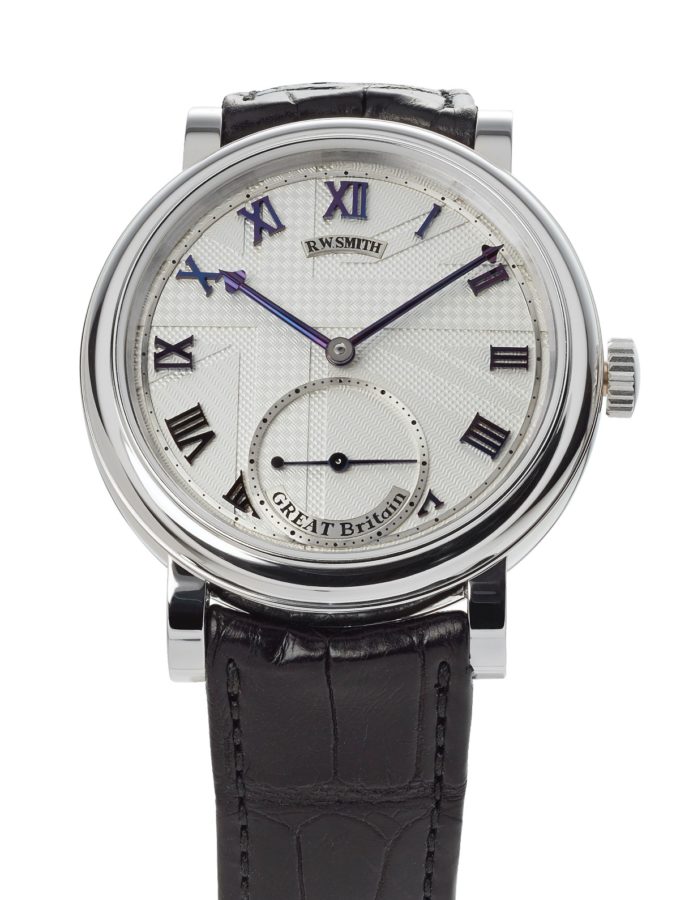
Every wristwatch that Smith creates is rare, given that the 50-year-old only makes 10 to 12 pieces per year, but the Series 2 may be the house’s most significant timepiece yet. Smith says it’s the most important watch in his company’s history, since it “became the first production watch made by a British watchmaker in modern times.” The latest generation features a Daniels coaxial escapement with a single wheel, a free-sprung Quadrajust balance, and a raised barrel bridge and balance cock that can be engraved with a choice of classic British floral patterns. Prospective buyers who wish to order a Series 2 in platinum or 18-carat gold (yellow, red, or white) can expect to spend at least $201,000. They’ll also need patience. A commission typically requires more than three years from order to delivery.
Going Dutch
Brothers Tim and Bart Grönefeld represent the third generation of a Dutch family committed to the technical precision of mechanical watchmaking, a familial legacy that their grandfather began when he entered the profession in 1912. The brothers embrace technical challenges and strive to produce watches with reliable complexity. While they’ve manufactured timepieces with intricate complications—tourbillons and remontoires, for example—one of their most recent models, the 1941 Principia, may be their simplest to date. It also represents their first foray into automatic wristwatches.
Named after their father’s birth year and after studies conducted by Sir Isaac Newton, the Grönefeld brothers’ entry-level, time-only wristwatch is self-winding and showcases expert finishing techniques. Starting at $35,940, the 1941 Principia allows buyers to choose from three case materials (red gold, white gold, or stainless steel), five dial colors, and six strap materials.
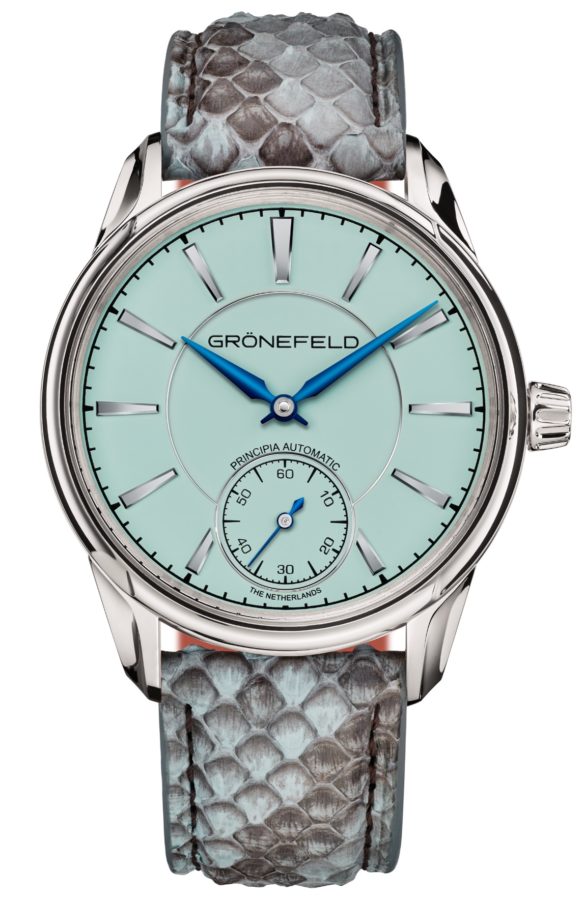
Passion Projects
Wearing a J. N. Shapiro wristwatch is akin to being a modern-day version of the boy hawking newspapers, yelling “Extra! Extra! Read all about it!” The story that those timepieces share is one of American ingenuity. It spotlights the accomplishments of a man who balances a career in education—Joshua Shapiro works as the principal of a private high school in Los Angeles—with a personal passion for high-quality, precision watchmaking.
After studying through the British Horological Institute’s distance-learning program, Shapiro began specializing in engine turning, a classic technique invented during the 16th century (also known as guilloché), that allows a craftsperson, through the use of specific tools, to cut geometric patterns into metal. Shapiro’s Infinity Series watches feature an intricate pattern (called the Infinity Weave) inside the seconds sub-dial on the face, which is noteworthy, as Shapiro is the first horologist to successfully implement that pattern, essentially a basketweave inside a basketweave, through engine turning.
Timepieces within Shapiro’s Infinity Series, which combine engine-turned dials made in Los Angeles with movements and cases sourced from Germany, start at $21,000 (for a 40mm wristwatch in stainless steel); however, the 35-year-old watchmaker also accepts bespoke commissions.

Over the Moon
Finnish watchmaker Stepan Sarpaneva has craftsmanship in his blood: His great-grandfather was a blacksmith and his father was a jewelry designer. Sarpaneva acknowledges that he was surrounded by art and design throughout his childhood, though it never evolved into an informal education at home. Instead, Sarpaneva pursued a career in watchmaking by first attending the Finnish School of Watchmaking and later enrolling in the Watchmakers of Switzerland Training and Educational Program. Following a decade of work at major horological houses in Switzerland, the now 50-year-old horologist founded his own company, Sarpaneva Watches, in Helsinki in 2003.
Sarpaneva’s latest model, Lunations, which costs $39,000, is a manual-winding mechanical wristwatch that features a 42mm case in either stainless steel or 18-carat red gold. More significantly, it is equipped with the watchmaker’s first in-house movement, a proprietary, integrated, moon-phase caliber that uses an optical fiberglass display to project a rear Super-LumiNova disc on the front. Wearers set the moon-phases display by pulling the crown out to its first position, but they’ll only need to set it once. The moon-phase complication is so precise that it only requires manual adjustment for a single day of error every 14,000 years.
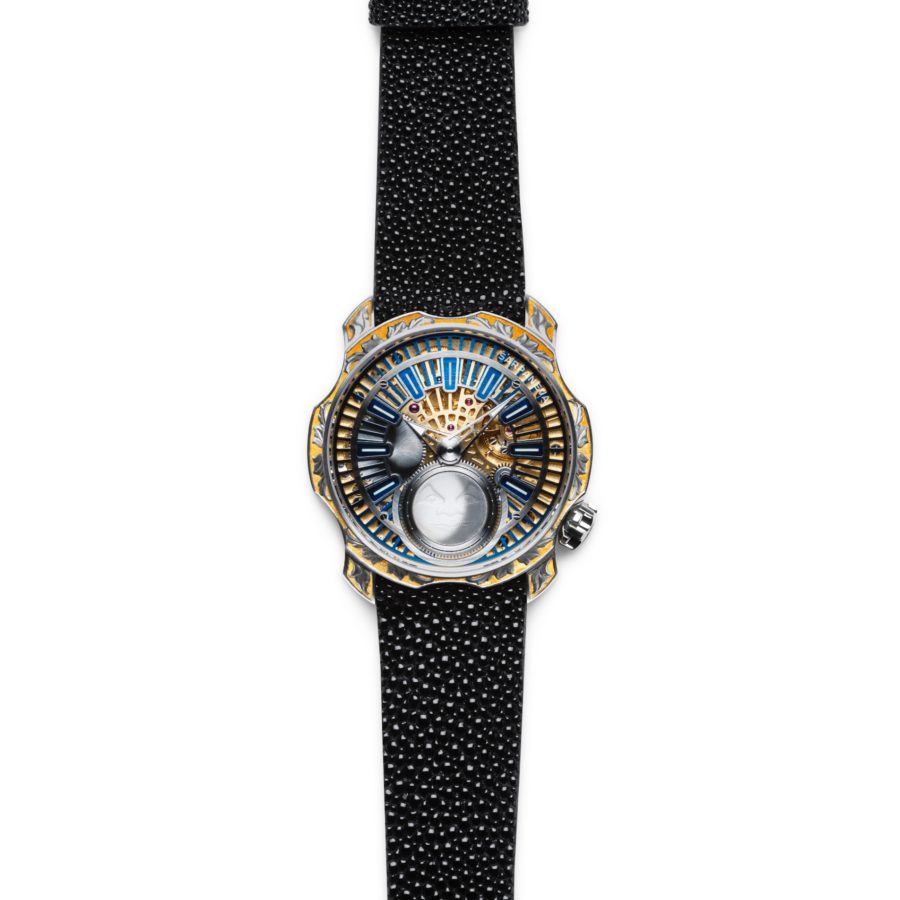
Self-Made Sensations
At their core, all independent watchmakers are self-made; however, none better epitomizes that trait than Hajime Asaoka, who began his career as a product designer, focusing mostly on furniture and electronic appliances. Over time, Asaoka developed an affinity for luxury timepieces and taught himself the trade by first reading George Daniels’ book, Watchmaking, published in 1981. Later, Asoka learned through trial and error, working with watchmaking tools that he had acquired, in part, via online auctions. Today, most luxury watch enthusiasts regard Asaoka as Japan’s greatest independent horologist.
Asaoka takes inspiration from the Art Deco movement—his early tourbillon designs, for example, were inspired by Delage and Delahaye coupes from the 1930s. More recently, the Japanese watchmaker debuted a chronograph that carried a price tag of ¥12 million when it debuted in 2017, which equates to about $113,000 today. The watch, in its skeletonized approach, showcases the movement’s components on the dial side, including an eye-catching 15mm balance wheel. Asaoka’s modern chronograph also features components that define classic chronographs from the mid-20th century, such as column wheels, horizontal clutches with carrying arms, brake levers, and sliding gears.
